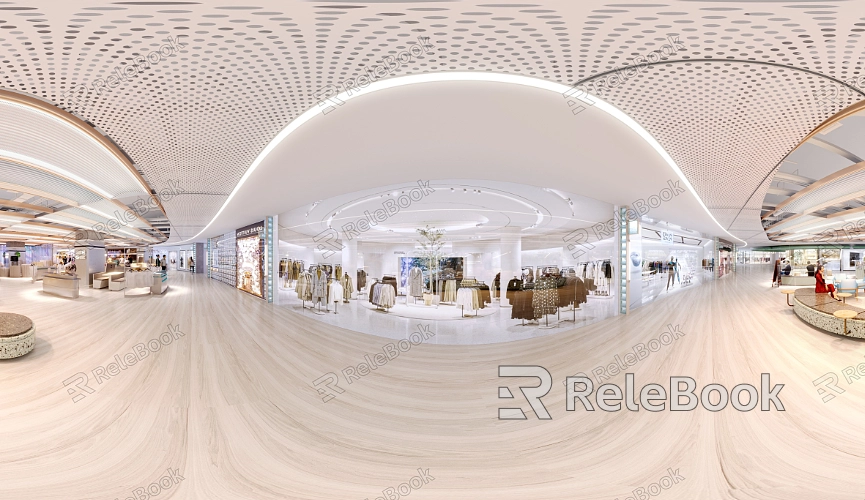Can I Combine Multiple HDR Environment Textures in Blender
HDR environment textures are widely used in game development, architectural visualization, and film production, providing rich lighting information that greatly enhances the realism and atmosphere of scenes. In Blender, designers often need to combine multiple HDR environment textures to achieve more complex and nuanced lighting effects. This article will explore the techniques and considerations for combining multiple HDR environment textures in Blender.

Understanding the Basics of HDR Environment Textures
HDR environment textures capture and represent a broader range of lighting information, making them ideal for creating realistic scenes. By combining multiple HDR textures, designers can create rich lighting effects that add depth to their scenes.
Texture Types: HDR environment textures typically encompass various lighting conditions and environmental features, such as overcast, sunny, and nighttime settings. Different combinations of these textures can yield diverse lighting results.
Software Compatibility: Besides Blender, other 3D software like Maya and 3ds Max also supports the use of HDR environment textures.
Adding Multiple HDR Textures in Blender
In Blender, you can flexibly add and combine multiple HDR environment textures through the node editor.
Node Editor: Enter the "Shading" mode, select the "World" option, and you will see the default environment node in the node editor. You can import multiple HDR files by adding an "Environment Texture" node.
Mixing Nodes: Use the "Mix RGB" node to blend multiple HDR textures. By adjusting the mixing mode and weights, you can create custom lighting effects.
Adjusting Lighting Intensity
When combining multiple HDR environment textures, adjusting the lighting intensity is crucial.
Intensity Settings: In each "Environment Texture" node, you can set the intensity value to control the impact of each HDR texture on the scene’s lighting. Properly adjusting the intensity of each texture can make the lighting appear more natural.
Real-Time Preview: While adjusting the intensity, you can view the results in real-time to ensure the lighting harmonizes well.
Utilizing Tone Mapping
Tone mapping is an essential step in optimizing the performance of HDR images, enhancing the combined effects.
Tone Mapping Settings: In the "Render" settings, select an appropriate tone mapping method, such as "Exposure" or "Linear," to control the colors and contrast of the final render.
Scene Adaptation: Adjust tone mapping based on the specific needs of the scene to ensure a natural and layered appearance.

Managing Shadow Effects
The combination of multiple HDR environment textures can affect shadow rendering.
Shadow Settings: In the object properties panel, ensure that shadow settings are enabled, and adjust shadow quality as needed to achieve clearer and more realistic shadow effects.
Light Source Coordination: Make sure the light sources in the scene coordinate well with the HDR environment light to avoid unnatural shadow appearances.
Rendering Optimization
Before final rendering, optimizing settings can improve both efficiency and quality.
Sampling Settings: Increasing the number of samples can reduce noise and improve image quality, but it will also increase rendering time. Adjust according to project needs.
Resolution Management: Adjust the rendering resolution based on scene requirements; excessively high resolutions can significantly increase rendering times.
Practical Tips
When combining multiple HDR environment textures, consider employing some additional techniques to enhance the effects.
Using Virtual Light Sources: Add point lights or spotlights to the scene to supplement the HDR environment light and enhance overall effects.
Rich Detail: Incorporate more detail elements in the scene to elevate the overall visual impact.
By combining multiple HDR environment textures, designers can create more complex and rich lighting effects in Blender. This article has covered key techniques for combining HDR textures, including how to add textures, adjust intensity, utilize tone mapping, manage shadow effects, and optimize rendering. These strategies will help designers make better use of HDR environment textures, adding depth and realism to their 3D creations.
If you are looking for high-quality HDR image resources, 3D textures, SketchUp models, or 3ds Max models to elevate your project quality, Relebook offers a rich selection to help you achieve exceptional visual effects in your creations.

